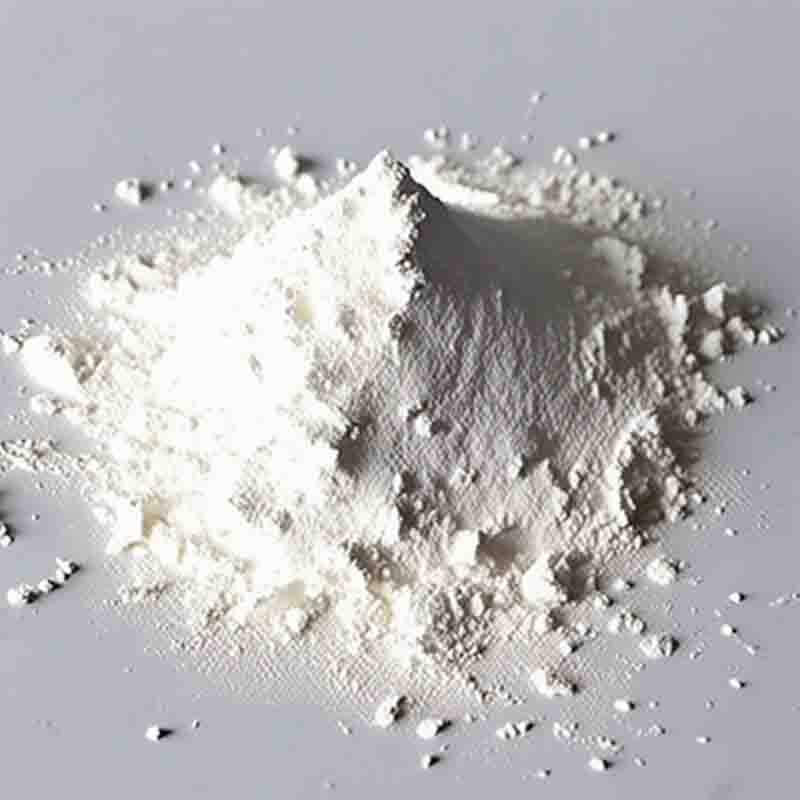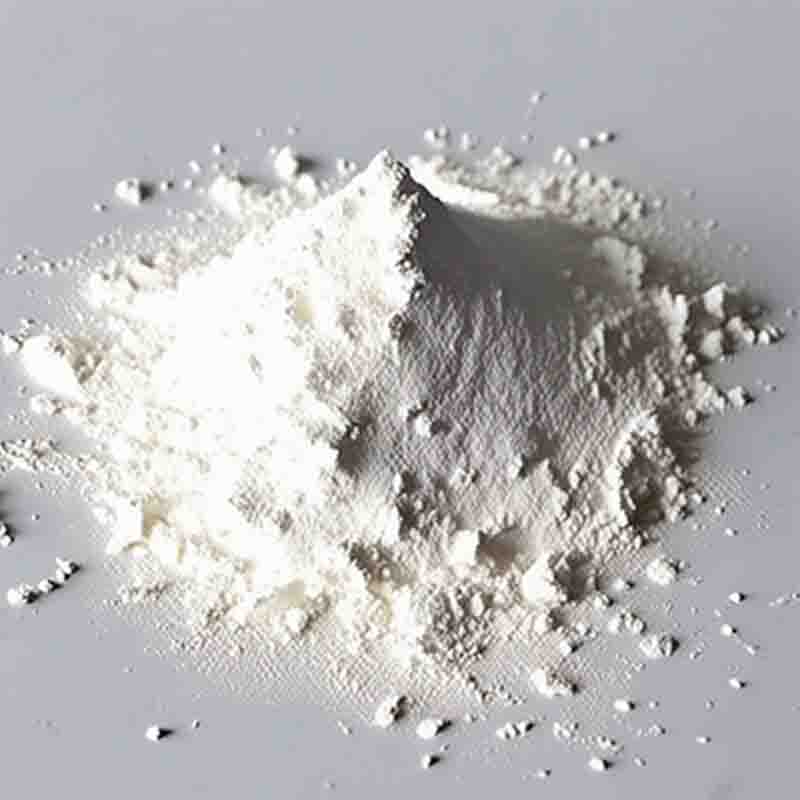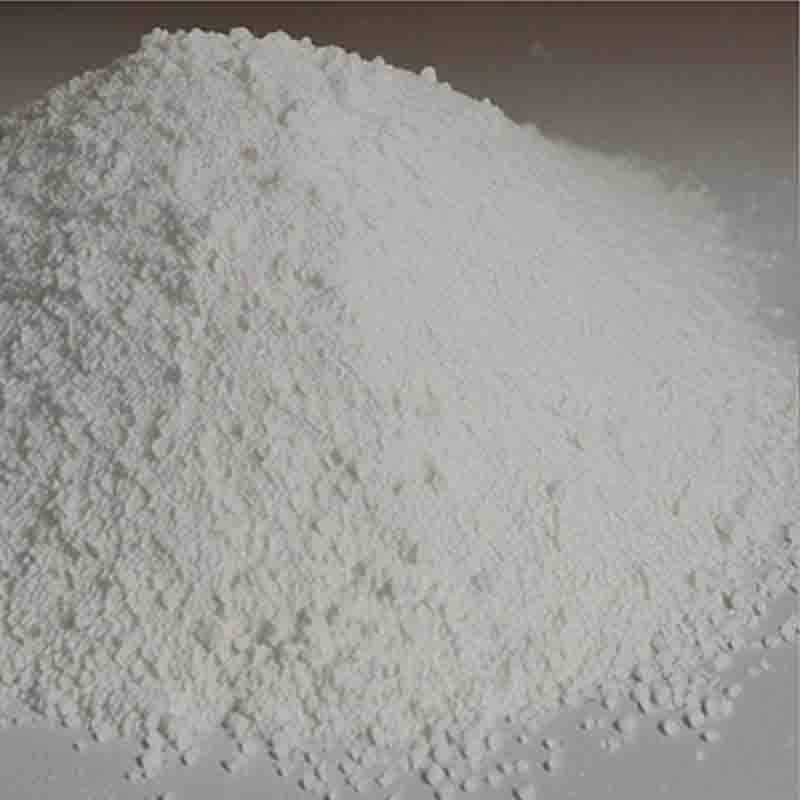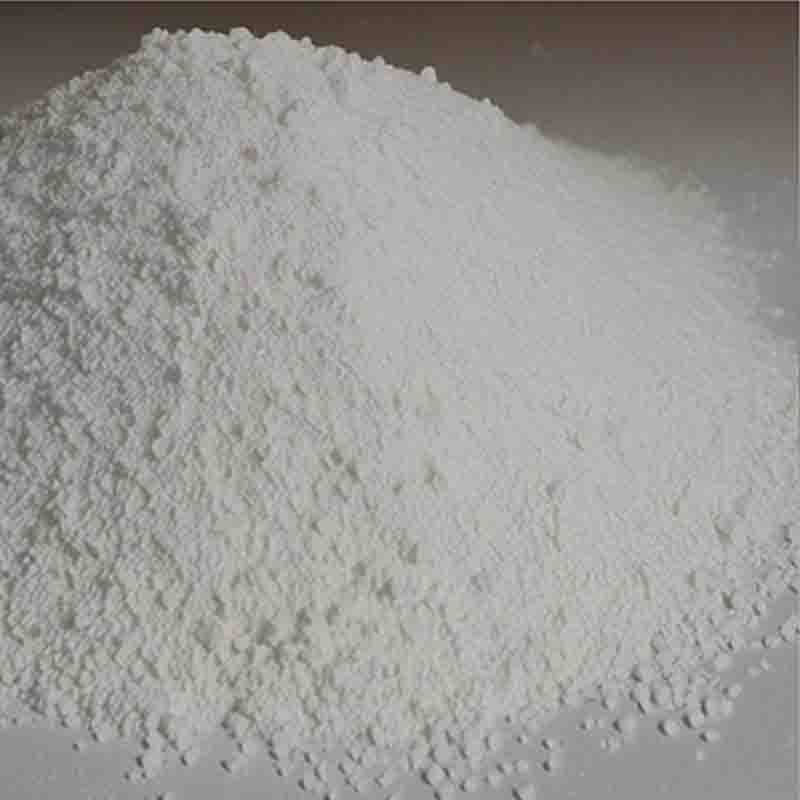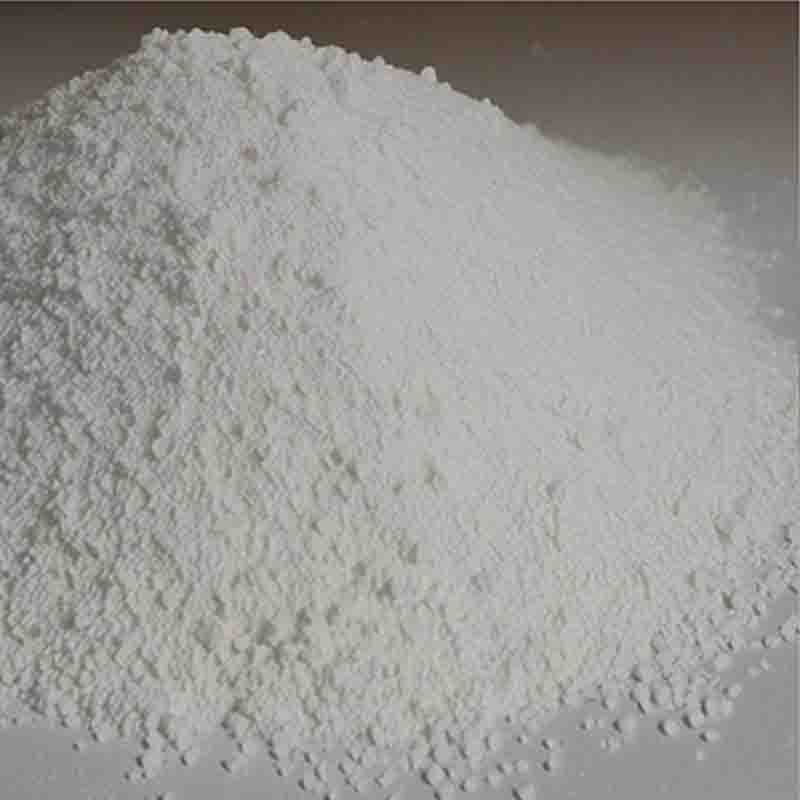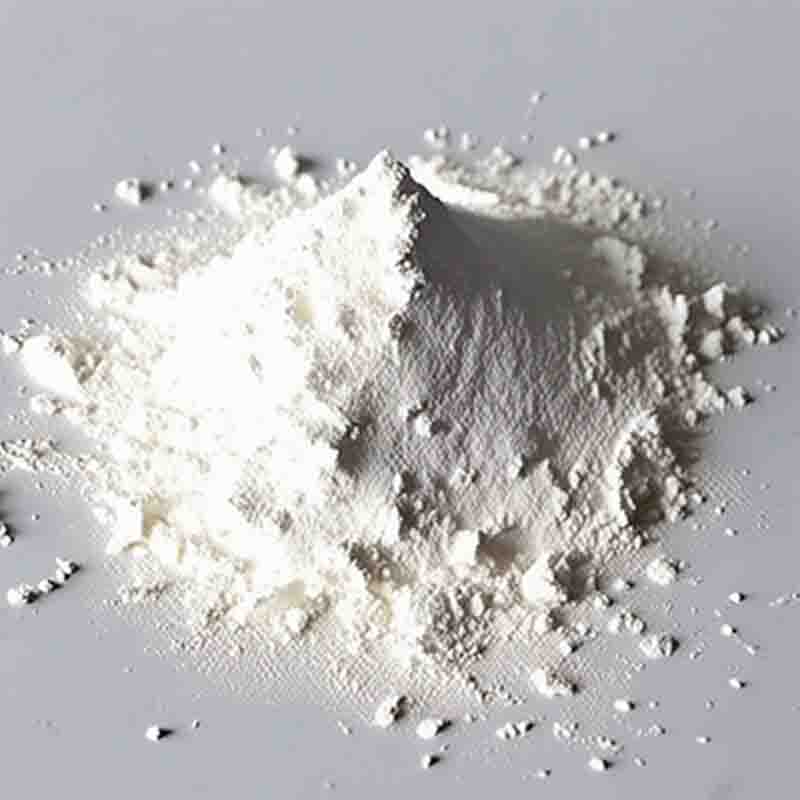2-(4-hydroxyphenyl)-4-Methyl-5-Thiazolecarboxylicacid ethyl ester CAS: 161797-99-5
| Catalog Number | XD93601 |
| Product Name | 2-(4-hydroxyphenyl)-4-Methyl-5-Thiazolecarboxylicacid ethyl ester |
| CAS | 161797-99-5 |
| Molecular Formula | C13H13NO3S |
| Molecular Weight | 263.31 |
| Storage Details | Ambient |
Product Specification
| Appearance | White powder |
| Assay | 99% min |
2-(4-hydroxyphenyl)-4-Methyl-5-Thiazolecarboxylic acid ethyl ester is a chemical compound with various potential applications in the field of pharmaceuticals and medicinal chemistry. With its unique structure and properties, this compound can be utilized in drug discovery and development processes.One of the potential uses of 2-(4-hydroxyphenyl)-4-Methyl-5-Thiazolecarboxylic acid ethyl ester is as a precursor or intermediate in the synthesis of biologically active compounds. Its structure contains important functional groups that can be modified and transformed to create new drug candidates with improved pharmacological properties. By introducing various substitutions or modifications to this compound, medicinal chemists can tailor the resulting molecules to enhance their activity, selectivity, and stability. This compound serves as a valuable starting point for creating structurally diverse compounds for drug screening and optimization.Furthermore, 2-(4-hydroxyphenyl)-4-Methyl-5-Thiazolecarboxylic acid ethyl ester may exhibit inherent biological activity itself. It could potentially possess therapeutic properties such as antibacterial, antifungal, or antiviral activity. These activities could be advantageous in targeting specific bacterial or fungal infections, or as potential antiviral agents. Further research and testing are necessary to explore and determine the specific pharmacological effects and potential applications of this compound.In addition, 2-(4-hydroxyphenyl)-4-Methyl-5-Thiazolecarboxylic acid ethyl ester could be utilized in research settings for studying biochemical pathways and understanding disease mechanisms. Its unique structure and functional groups provide opportunities to investigate its interactions with biological targets and enzymes. This compound can be used to study enzyme inhibition, receptor interactions, and signal transduction pathways, among other biochemical processes. By understanding these molecular interactions, researchers can gain insights into disease mechanisms and potentially identify new therapeutic targets.In summary, 2-(4-hydroxyphenyl)-4-Methyl-5-Thiazolecarboxylic acid ethyl ester is a versatile compound with potential applications in drug discovery, medicinal chemistry, and biological research. Its structure and functional groups make it suitable as a precursor for the synthesis of biologically active compounds, and it may also possess inherent biological activities itself. This compound can serve as a valuable tool in developing new drugs, studying biochemical pathways, and exploring potential therapeutic avenues. Continued research and experimentation will provide further insights into the specific uses and applications of this compound in the field of pharmaceuticals.




